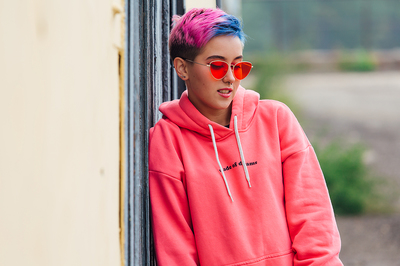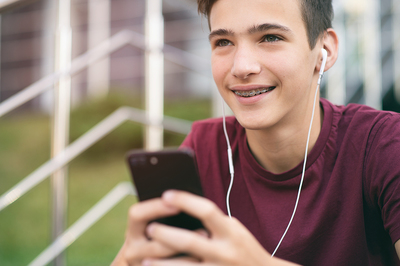
LGBTQ teens are more vulnerable to substance abuse because of the prevalence of cyberbullying among this population.
Somewhere between 4 and 10 percent of teens and young adults identify as being lesbian, gay, bisexual, transgender, or other non-binary sexual or gender identity (LGBTQ), according to PFLAG of New York. While acceptance of LGBTQ identifications and behavior has grown dramatically in the past decade or longer, there are still many people of all ages who are critical or even abusive toward those in the LGBTQ community.
As one example, PFLAG reports that 26 percent of gay teens are thrown out of their homes when they come out to their parents. There are people of all age groups who see LGBTQ orientation as wrong or immoral, and some of them may express their beliefs to teens in ways that are abusive, traumatic, or harmful to them.
Online Connections Important for LGBTQ Young People
As a way to cope, many LGBTQ young people look to the internet for information and connection with other teens who will accept and support them, particularly when their home or school environment isn’t accepting. YouTube, Instagram, TikTok and other social media platforms can provide information and allow LGBTQ youth to express themselves to groups that include more like-minded peers.
Online communities can also provide a sense of culture that makes LGBTQ youth feel more comfortable with themselves and cultivate a sense of belonging that may be missing IRL (in real life). As with all online communities, there can be pros and cons to involvement.

Teens may find both support and hostility online.
Many LGBTQ Young People Are Bullied Online
Unfortunately, abuse and harassment still occur online among teens and young adults, and LGBTQ youth are being cyberbullied at higher rates than their straight peers. Forty-two percent of LGBTQ youth said they were harassed or bullied online compared to only 15 percent of youth in all groups.
According to NetSanity, 35 percent have received threats online, 58 percent report that something bad was said to them or about them online, 33 percent say they have been sexually harassed online, and 20 percent have received harassing text messages from other students.
The harassment and abuse experienced by LGBTQ youth can have devastating consequences for them. These youth are two to eight times more likely to attempt suicide than their peers, particularly if their families don’t accept them. Cyberbullying increases teens’ depression levels and leads to more instances of self-harm and suicidality.
Substance Abuse among LGBTQ Youth
These individuals face other challenges, as well. PFLAG reports that “LGBTQ youth are overrepresented in foster care, juvenile detention, and among homeless youth.” Another way negative emotions and experiences may come out in this population is through substance abuse. It’s important for parents, teachers, other mentors, and peers to be aware that LGBTQ youth and young adults can be vulnerable to substance abuse as an unhealthy attempt to cope with bullying and other negative emotions they experience.
Harris House is well aware of the unique needs of LGBTQ youth who struggle with substance abuse, and we work to help vulnerable teens find the recovery they seek. Call us to learn about admissions and how we can help you or someone you know overcome substance abuse and its stranglehold on their lives.







